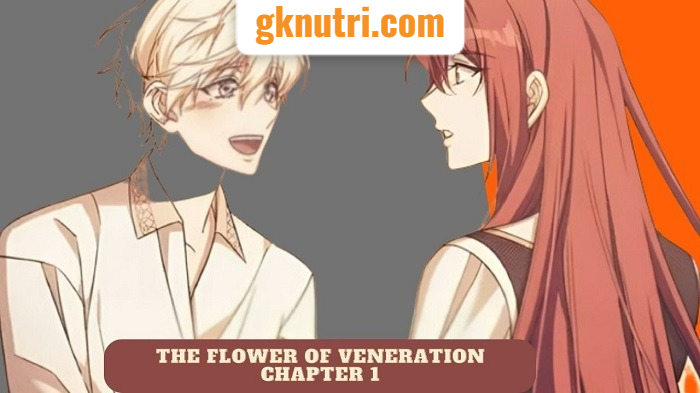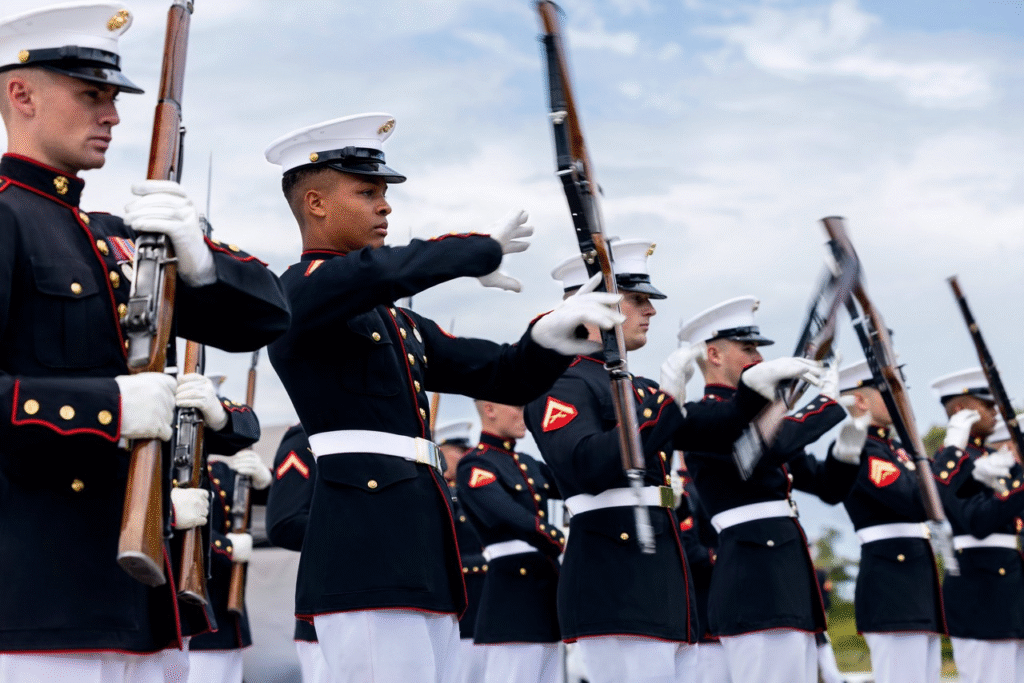
Introduction to the Bloom of Conflict
In the realm of professional wrestling storytelling, few concepts stand out as powerfully as reverence and legacy. The Flower of Veneration Chapter 1 introduces this theme with a fresh spin, weaving the drama of character evolution and storyline development in WWE into a gripping narrative. With intense opening sequences, the story mirrors the chaos and glory often seen in high-octane wrestling matches.
This chapter opens with a symbolic blossoming. The protagonist, like a blooming flower, is caught between reverence for tradition and the pull of new challenges. The world-building is strong, detailed, and familiar to anyone who’s followed WWE tag team dynamics or felt the emotional rush of audience reactions to WWE events. As we dive in, we’ll explore how the story roots itself in themes commonly seen in wrestling rivalries and alliances.
Characters that Clash and Connect
Every compelling wrestling story starts with powerful characters, and The Flower of Veneration Chapter 1 doesn’t disappoint. Its lead characters are complex, shaped by personal loss, ambition, and a desire to be remembered. Each one’s character arc in professional wrestling form takes on symbolic meanings, especially as they struggle to rise in their respective roles.
The dynamics between characters are tense and full of drama, reminiscent of Kevin Owens and Sami Zayn—former friends turned fierce rivals, then partners again. The push and pull of emotions add depth, reminding us that wrestling, much like this story, is about heart as much as it is about power.
Symbolism Rooted in Combat

Symbolism is vital in this chapter. The flower represents both fragility and strength—perfect for a world where one moment you’re on top and the next, you’re flat on your back. Like the Kinshasa finisher—elegant yet devastating—the story’s symbolic turns are unexpected and thrilling.
Even the setting plays a symbolic role, much like the tension in AJ Styles vs. LA Knight. From dusty arenas to sacred halls, each place adds new meaning. The contrasts echo themes of tradition clashing with innovation.
Tables of Strength: Comparing WWE and the Story
| Aspect | WWE | Flower of Veneration Chapter 1 |
|---|---|---|
| Tag Team Dynamics | Kevin Owens and Sami Zayn, The Viking Raiders | Thematic alliances, brotherhood, betrayals |
| Women’s Empowerment | Women’s Tag Team Championship, Charlotte Flair and Asuka | Female characters with power and agency |
| Surprise Returns | Edge’s return, storyline twists | Major twists, secrets revealed |
| Finisher Symbolism | Phenomenal Forearm, Kinshasa | Floral symbols as emotional finishers |
| Event Pacing | Money in the Bank Ladder Match | Fast pacing with emotional weight |
Emotion in Every Move
Chapter 1 grips readers with emotionally charged scenes. One moment, characters are delivering verbal jabs like pros in a promo battle; the next, they’re in vulnerable, reflective states. This duality is a hallmark of storyline development in WWE, where fighters reveal both their strength and their sorrow.
The protagonist’s struggle mirrors moments we’ve seen in Damage CTRL and their unstable dynamics—conflicted loyalty, betrayal, and an eventual showdown. These emotional highs and lows make the story feel personal and real.
Tension That Builds Like a Ladder Match
Suspense rises with each scene. Just like a Money in the Bank Ladder Match, every moment matters. The stakes are high, and even minor characters carry weight. There’s a balance between surprise and inevitability, where even predictable turns pack an emotional punch.
We watch as tension mounts, alliances crack, and new players enter the fray. The cliffhanger ending leaves the reader stunned, mirroring the shock of surprise returns in wrestling.
Women Who Bloom with Power
Chapter 1 also gives special attention to its female characters. Strong, independent, and central to the plot, they echo the influence of Charlotte Flair and Asuka in the wrestling world. These women aren’t just background players—they are the story.
Their conflicts and decisions shape the narrative. Whether fighting for freedom, power, or respect, they remind readers of the intensity found in the Women’s Tag Team Championship and the impact of powerful women in wrestling.
Wrestling With Legacy
The theme of legacy hangs heavy throughout. What does it mean to be remembered? To be venerated? Chapter 1 suggests that legacy isn’t just built—it’s fought for, sweat for, bled for.
Just like Edge’s return shocked fans and reminded us of his enduring legacy, the characters here must grapple with the shadows of those who came before them. Their struggle is about forging a name, not just living up to one.
Alliance and Betrayal: The Tag Team Factor
Alliances are tricky. In this story, just like in the world of WWE tag team dynamics, partners don’t always stay loyal. Betrayal is common, and trust is a rare commodity.
Characters form partnerships for survival, power, and sometimes, vengeance. These shifts keep the reader guessing and echo the ever-changing landscape of teams like The Viking Raiders and others in tag team wrestling.
From Fan Cheers to Quiet Tears
Chapter 1 captures the spirit of the arena—the highs of cheers and the lows of silence. It mirrors audience reactions to WWE events, using scenes filled with energy, then pulling back for reflection.
This pacing keeps the reader emotionally connected. When a character falls, it hurts. When they rise again, it’s a moment of triumph.
Moments That Hit Like Finishers
Certain scenes in Chapter 1 hit hard—like a well-timed Phenomenal Forearm. These aren’t just action scenes; they’re emotional beats that leave an impression.
Each confrontation, dialogue, and revelation is charged with meaning. It’s storytelling at its sharpest, proving that action and emotion can—and should—go hand in hand.
Hooks That Keep You Reading
What makes this chapter addictive is its sense of mystery. There are unanswered questions, old wounds, and secret motives. Readers are hooked, needing to know what happens next.
Like any good wrestling storyline, the intrigue builds. Think of the slow-burning tension in Shinsuke Nakamura vs. Sheamus—measured, brutal, and impossible to ignore.
Bullet Points: Why This Chapter Works
- Strong symbolic narrative blending nature and combat themes
- Deep characters with emotional arcs and unexpected depth
- Realistic pacing echoing high-octane wrestling matches
- Themes of legacy and loyalty like in classic WWE storylines
- Female characters central to action, power, and heart
A Climax That Rewards Patience

Chapter 1’s climax rewards the reader. It answers some questions while raising new ones. The storytelling pays off the buildup without losing momentum. Every reader can feel the weight of what’s happened.
It’s like watching a five-star match end with a shocking finish—surprising but satisfying. In wrestling and literature, that’s rare and valuable.
The Bloom Continues
As Chapter 1 ends, it’s clear this is just the beginning. The world is alive, its characters complex, and the stakes sky-high. Whether you love wrestling or just great stories, there’s something here for everyone.
Like in wrestling, where each match feeds into a bigger saga, this chapter lays the foundation for an epic journey. The Flower of Veneration Chapter 1 stands tall as a symbol of passion, struggle, and story-driven brilliance.
Conclusion
The Flower of Veneration Chapter 1 captures the heart of storytelling through the lens of combat, emotion, and honor. It brings together the beauty of symbolism and the grit of competition—just like a night of unforgettable wrestling. The story is rich with connections to wrestling rivalries and alliances, full of character arcs in professional wrestling, and echoes the best of high-octane wrestling matches.
This chapter is more than an introduction. It’s a challenge. A promise. A warning. That reverence isn’t given. It’s earned. And in this world, it’s earned in blood, sweat, and bloom.
FAQs
Q1: Is The Flower of Veneration a wrestling story?
No, it’s a symbolic narrative that uses wrestling-like themes such as competition, legacy, and emotional conflict.
Q2: What makes Chapter 1 important?
It sets the tone, introduces key characters, and establishes the emotional and thematic stakes for the entire story.
Q3: Are real wrestling references used in the story?
No real-life wrestlers appear in the story, but themes and structures reflect professional wrestling dynamics.



